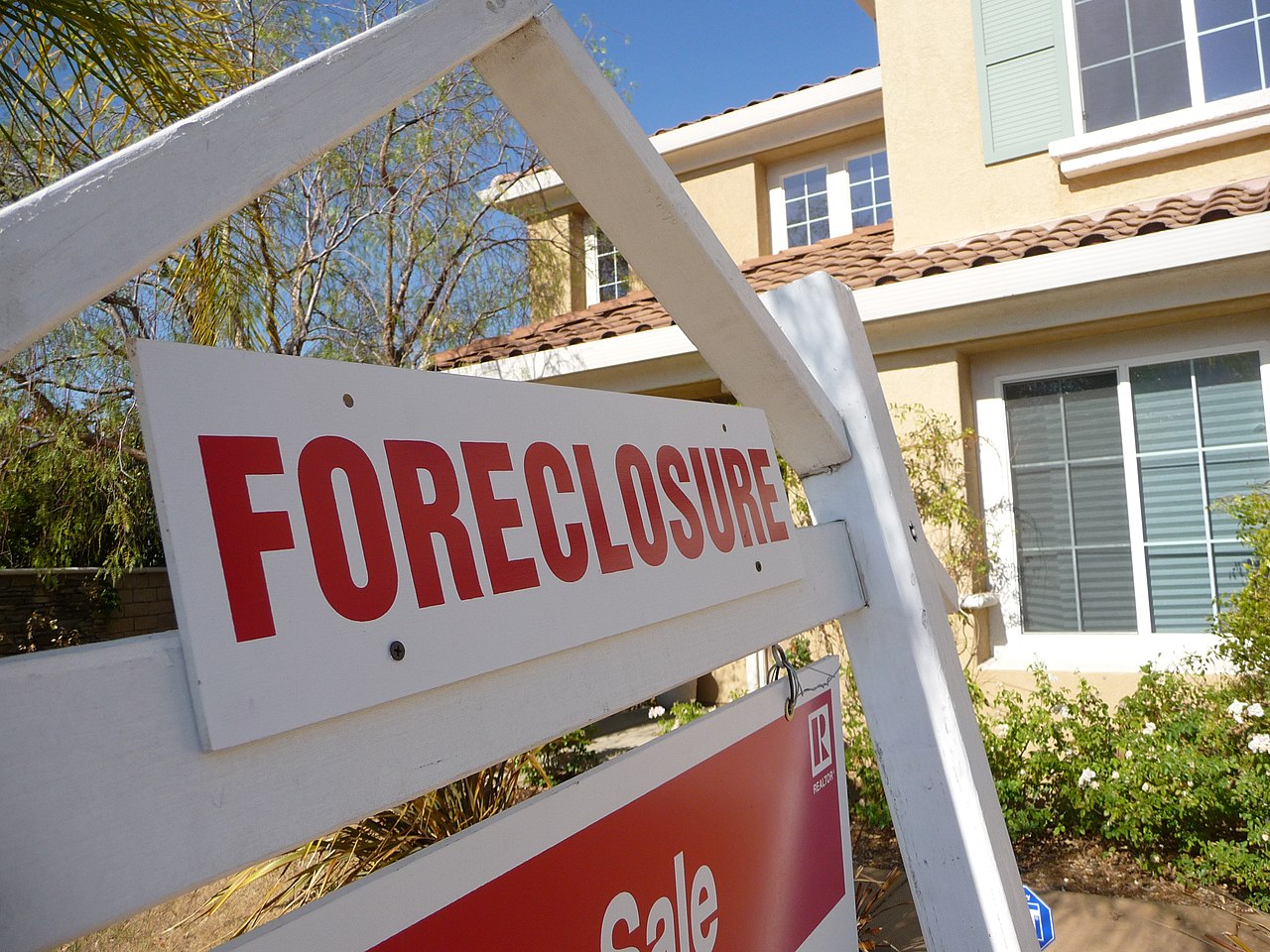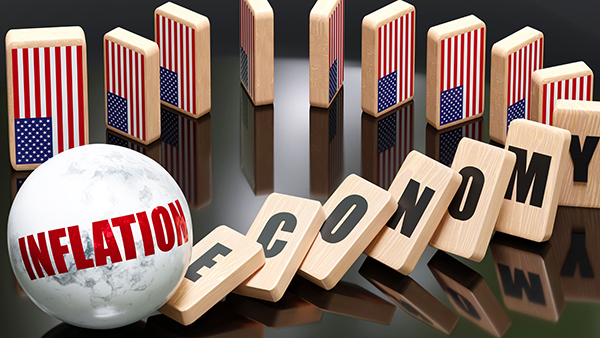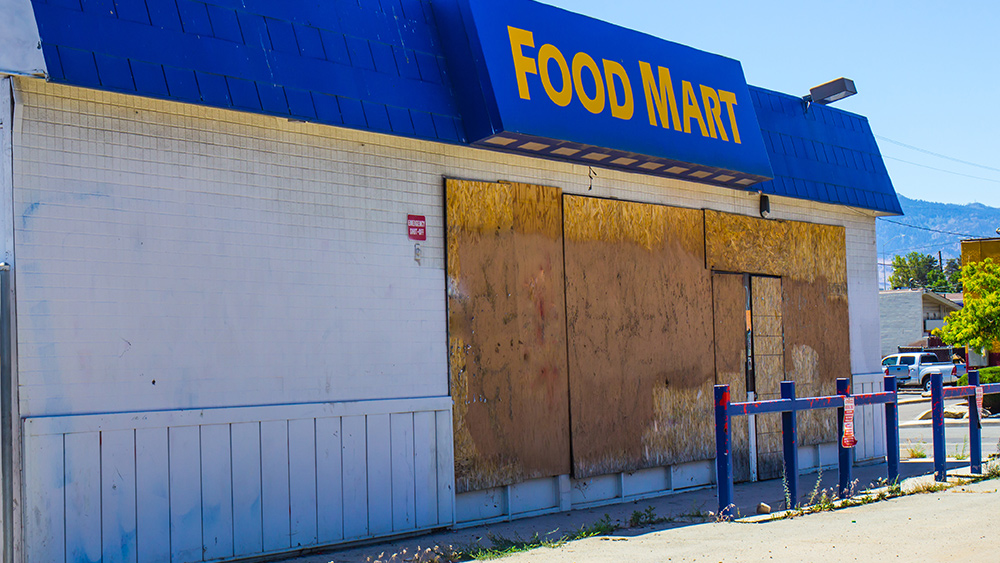U.S. home prices see biggest annual drop in more than a decade as interest rates soar
04/25/2023 / By Cassie B.

Last month, home prices in the U.S. experienced their largest annual drop since 2012 as pending home sales reached a post-pandemic low.
A report from real estate brokerage Redfin showed that median home prices in the country fell by 3.3 percent to just over $400,000. This comes right after a 12 percent drop was seen in February, which marked the first annual decrease on record in 11 years. Meanwhile, higher mortgage rates slowed demand and the lack of homes for sale reduced overall purchases.
The hardest-hit metro area in the nation was Boise, Idaho, where home prices fell 15.4 percent year over year and pending home sales dropped 78.8 percent. This is significantly higher than the drop of 26.6 percent seen nationwide in pending sales. Other cities that noted big price drops include Austin with 13.7 percent, Sacramento at 12 percent, and San Jose with 10.5 percent.
Some of the places that are experiencing significant cooling include affluent coastal housing markets and pandemic hotspots, where recently overheated home prices are now starting to level out.
In Boise, home prices surged by more than 40 percent in May 2021, with favorable mortgage rates and the popularity of remote work attracting buyers from more expensive metros to the relatively affordable homes there. However, activity has been slowing there in recent times, with one agent reporting a noticeable drop following the collapse of Silicon Valley Bank.
Shauna Pendleton, a real estate agent for Boise Redfin, said in a news release that buyers are now worried about a crash and behaving accordingly. She stated: “There are bank failures, inflation, recession fears, mortgage-rate volatility, a war in Ukraine, spy balloons — some people are wondering if they should pull their money out of the bank and park it in a safe rather than spend it on a new home.”
However, she maintains that it is actually a good time to buy a home in Boise, with the drop in demand causing sellers and homebuilders alike to offer buyers some attractive concessions. Many buyers, she noted, are now getting homes for less than their listing price.
Many Americans struggling to afford housing
With mortgage rates currently hovering at just under 7 percent, housing affordability continues to be an issue for many prospective buyers, even in the wake of lower prices.
Redfin Chief Economist Daryl Fairweather noted that although there are some signs of the usual seasonal uptick right now, such as homes selling faster than they did during the winter months, the lack of new listings is behind some of this as fewer buyers compete for available homes. He added that this year, home buyers are not heading out in droves the way they normally do during this season.
Rates on both 10-year and 30-year mortgages are staying high as the Fed continues its trend of raising rates to fight inflation. For example, the average mortgage rate on a 30-year fixed-rate mortgage last month was 6.54 percent, which is considerably higher than the 4.17 percent recorded a year earlier. This has resulted in a drop in sellers listing homes as well as fewer buyers.
Some homeowners are hesitant to sell right now because moving would require them to take on a higher mortgage rate when purchasing their next home. Others are not moving because they worry the shortage of listings means they won’t find another home they like.
For those who are seeking a home right now, experts warn that mortgage rates are likely to stay high for the foreseeable future. Although falling home prices might make homes seem less expensive, rising mortgage rates could cancel out any potential savings in many cases.
Sources for this article include:
Submit a correction >>
Tagged Under:
Boise, Bubble, Collapse, debt bomb, debt collapse, economic riot, finance riot, home sales, housing bomb, Inflation, market crash, money supply, mortgage rates, national debt, panic, pensions, Real Estate, risk
This article may contain statements that reflect the opinion of the author
RECENT NEWS & ARTICLES
COPYRIGHT © 2017 RISK NEWS




















